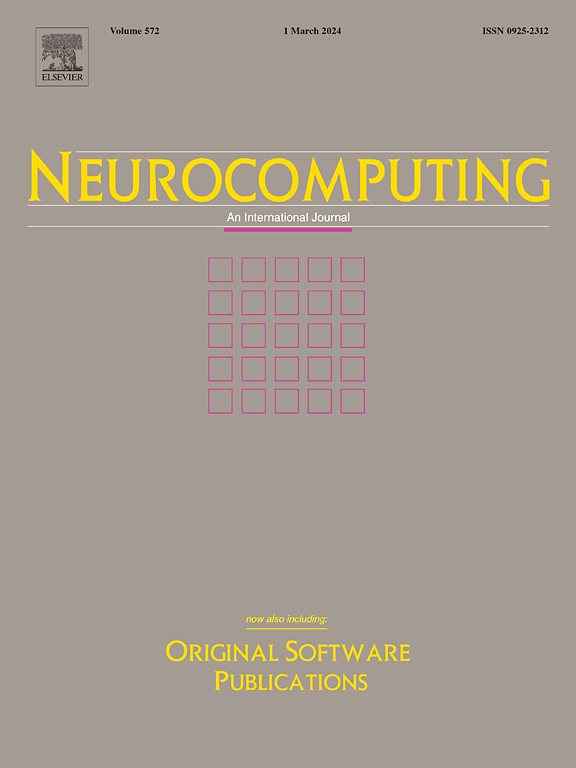A real-time machine learning-based methodology for short-term frequency nadir prediction in low-inertia power systems
IF 5.5
2区 计算机科学
Q1 COMPUTER SCIENCE, ARTIFICIAL INTELLIGENCE
引用次数: 0
Abstract
In the modern era, electricity is vital for societal advancement, driving economic growth and essential functions. However, the landscape of power systems is swiftly changing due to the integration of renewable energy sources and the decline of traditional synchronous generation, which reduces the total rotational inertia of the systems. This reduction in inertia leads to more frequent and severe frequency deviations, directly impacting power system behavior. Therefore, there is a pressing need to anticipate frequency grid disturbances to maintain stability and prevent disruptions. A machine learning approach is proposed to address this issue, providing accurate and responsive frequency forecasting in power systems. This paper introduces a novel methodology that leverages machine learning for short-term minimum frequency prediction, emphasizing efficiency and rapid response. A comprehensive experimentation process was conducted using several popular machine learning models, with their hyperparameters optimized through a Bayesian algorithm and evaluated via cross-validation. Results highlight the effectiveness of Decision Trees, offering a balance between efficiency and efficacy. Validation was conducted using the SCADA of a Typhoon HIL real-time simulator, verifying that the proposed methodology is suitable for real-time applications.

求助全文
约1分钟内获得全文
求助全文
来源期刊

Neurocomputing
工程技术-计算机:人工智能
CiteScore
13.10
自引率
10.00%
发文量
1382
审稿时长
70 days
期刊介绍:
Neurocomputing publishes articles describing recent fundamental contributions in the field of neurocomputing. Neurocomputing theory, practice and applications are the essential topics being covered.
 求助内容:
求助内容: 应助结果提醒方式:
应助结果提醒方式:


